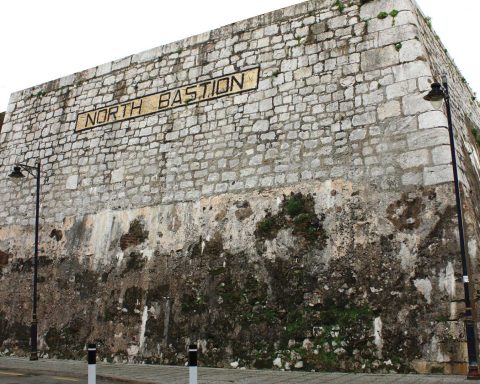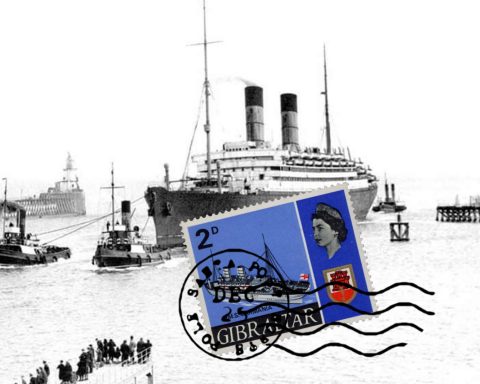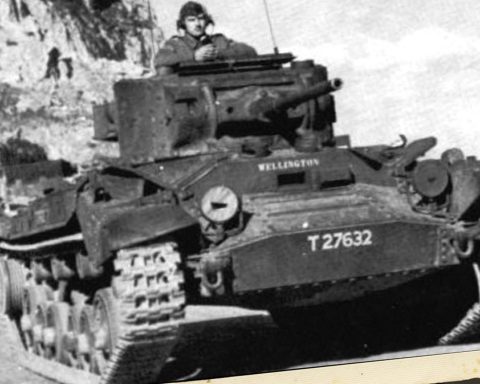The Story Of Two Ships
Being sunk during a war is a tragedy at the best of times, but having survived only to be sunk at the last moment is doubly unfortunate. These are the stories of two ships.
The loss of life at sea in both World Wars was high. Submarines came into their own in the 1914-1918 war. From the outset they extracted a heavy toll in life and material on Britain who depended on sea transport to maintain the war and feed its population which made it more vulnerable to attack at sea than the Axis who was mainly dependent on land networks. The British Empire was the main source of food and material until the United States came to her assistance. In the First war, aircraft played no part of any significance in the protection of shipping and submarine detection was non-existent. However the range of these underwater menaces was limited at first which allowed the defenders to concentrate their efforts more effectively. This was not the case in the Second World War, but fortunately sonar gradually improved, and intelligence helped to mitigate the effect of the unseen attackers.

The mentality of the Admiralty in World War 1 was still based on the might of the Battleship. Vast sums of money were spent on these monsters by all sides, even those not involved. These relatively slow and cumbersome beasts were an ideal target for submarines, but their prime target. This was the lifeline to Britain, consisting of slow lumbering cargo ships loaded to the Plimsol Line with food, fuel and munitions. The first story is about a battleship. HMS Britannia was launched on December 10th 1904 and commissioned nine months later. She was a pre-dreadnaught and by 1908 she was already made redundant by HMS Dreadnought. Britannia was one of eight ships in the class and served her first commission in the Mediterranean Fleet, joining the Home Fleet in 1906.
The ship was again attached to the Mediterranean Fleet between 1912-13. In 1914 she returned to the Grand / Channel fleet. Based in Scapa Flow in 1915, was hit by a shell from HMS Africa during en exercise which killed a Marine. The following day she ran aground on a Scottish island where she stayed for three days before being floated off. In 1916 the Britannia was in the Adriatic and Atlantic. In February/March 1917 she underwent a refit in Gibraltar end then joined the 9th Cruiser Squadron Freetown, escorting convoys around West Africa. Following further updating of her 6” guns in Bermuda, Britannia returned to her West African station and escort duties. She was returning to Gibraltar when she was spotted by the German submarine UB-50. On the morning of November 9th 1918 there was a sudden explosion followed shortly afterwards by a second caused by a fire in her 9.2 magazine which set the cordite alight in the magazine.
A torpedo had hit the battleship. Below decks everything was in darkness. Valves used to flood the magazine could not be located. Those that were, were seized and could not be operated. The ship was doomed. A ten degree list to port developed. Here she remained some miles west of Cape Trafalgar. Smoke and toxic fumes from the magazine fire made any attempt to go below decks impossible. Fifty men were either killed or died of toxic gas poison and a further eighty were wounded or suffered from the gasses.
She remained afloat for three and a half hours, by which time ships from Gibraltar were able to reach her and. rescue all the survivors and dead which were taken to Gibraltar

Two days later the Armistice was signed ending the First World War. The celebrations locally were dampened by the burial of the victim’s at North Front Cemetery. The dead were buried with full military honours. The cortege passed though Main Street on gun carriages draped with the Union Flag along streets lined with military and civilians, bear headed. Only the crunch of the wheels and the steady beat of the military escort broke the silence once the funeral march, played by the band of the United States Navy, had passed by. Large contingents of the French, American, Italian and British navies were represented. The last rites were followed by volleys from the firing parties as the dead were laid to rest.
The next story is of the 9551 ton tanker Regent Lion, built in Sunderland for the CT Bowring Company of London and launched in 1937. Tankers were the prime targets of enemy submarines and for this reason were generally allocated positions in the convoy which provided the maximum protection, if such a thing existed. On February 17th 1945, convoy UGS72 from the United States to Suez was twenty seven mile from Gibraltar when U300 under Fritz Hein, fired four torpedoes at the ships hitting a Liberty Ship, the Michael J Stone and the Regent Lion. The Liberty Ship managed to limp into the Bay under its own steam, even though it was well down by the stern.

The tug HMS Behest took it in tow and brought it into the harbour where it was put into No. l dock and repaired. The fate of the Regent Star was more tragic. She was taken in tow by the Dockyard tug Rollicker and Arctic Ranger but on the 19th she was beached on Pearl Rock near Punta Carnero and became a total loss. Seven of her crew were lost. The U300 was sunk on February 22nd by depth charges from HMS Recruit. Pincher and Evadne west of Cadiz. These were the last victims of the war in the area before VE day was declared on May 8th 1945.
Article supplied by History Society Gibraltar.Email: historysocietygibraltar@hotmail.com






